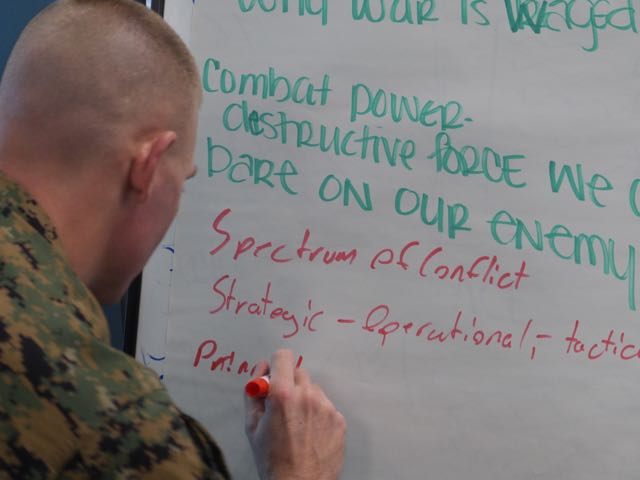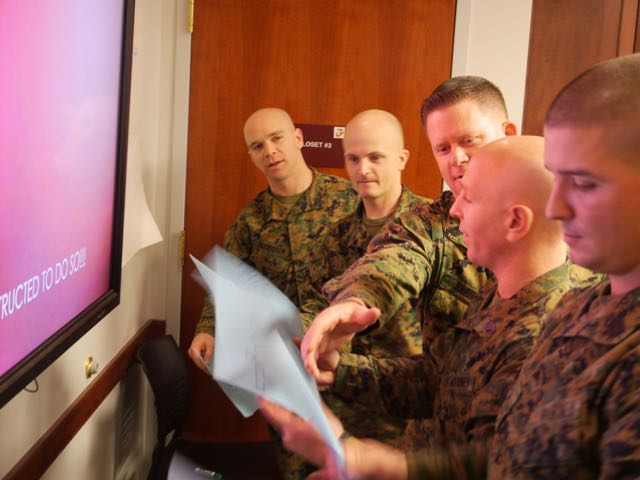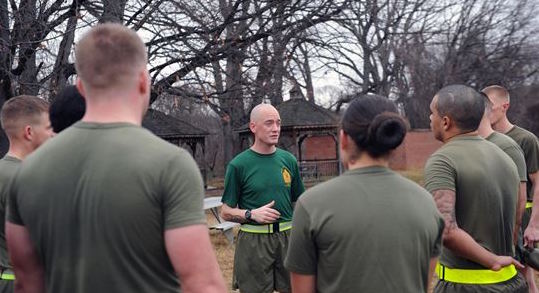The FAC centers around five learning outcomes. Each outcome is covered by at least one subordinate educational objective and its associated lesson(s), and each learning outcome is evaluated in at least one FAC assessment.
Learning Outcome #1: Apply learning theories, facilitation methodologies, and instructional technologies to enhance student learning.

The first learning outcome is the core of the FAC. It ensures that faculty advisors understand how their students learn and ways to use that understanding to teach.
Learning Outcome #2: Apply critical thinking theories and philosophies that promote a student-centered environment.

Critical thinking and decision-making skills are key objectives in the courses the faculty advisors teach, so it's essential that they study them in the FAC. This outcome is not just about the new faculty advisors learning the content, but also learning how to use critical thinking to facilitate learning in their classrooms.
Learning Outcome #3: Employ classroom management principles that encourage student interaction and active learning.

Teaching and learning can't happen without a supportive environment. Learning outcome #3 is about creating the social conditions and best physical space for learning.
Learning Outcome #4: Discuss the application of ethical principles in the decision-making process.

Every decision has an ethical component, and the central pillar of EPME's curriculum is Leadership & Ethics. At the FAC, new faculty advisors learn more about individual decisions and their relationship to institutional principles.
Learning Outcome #5: Discuss EPME operating procedures, policies, and command philosophy required to support organizational objectives.

Our SNCO Academies have unique military features and requirements. FAC students begin learning about local procedures for physical fitness training, discipline, and course administration.
